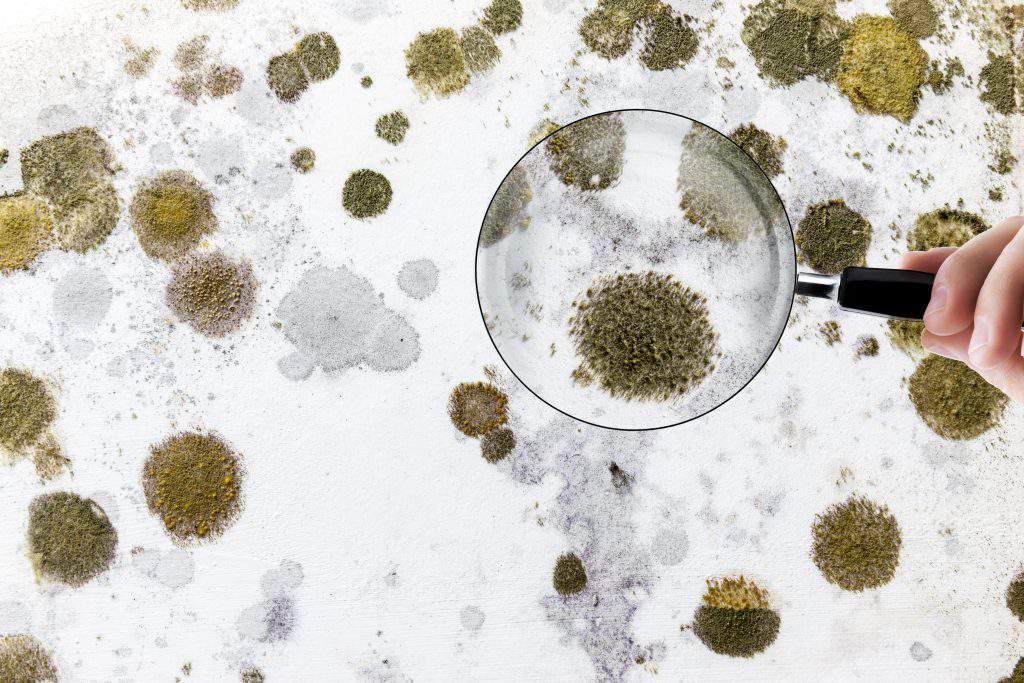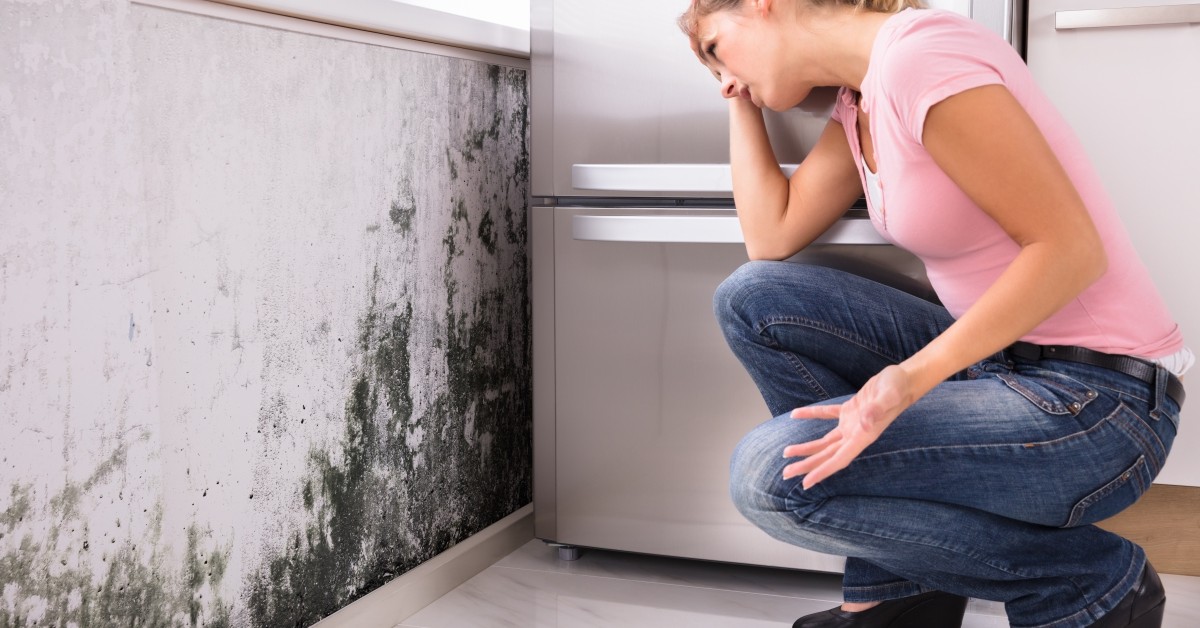Your Ultimate Overview to Post Mold And Mildew Removal Methods
In the after-effects of mold and mildew infestation, recognizing just how to successfully eliminate the mold and prevent its reoccurrence is vital for keeping a healthy and balanced interior atmosphere. From choosing the right cleaning and disinfecting approaches to implementing approaches for long-lasting mold and mildew prevention, each step in the remediation trip plays an essential role in guaranteeing a successful end result.
Understanding Post-Mold Remediation Process
After completing the mold and mildew remediation procedure, it is essential to recognize the post-mold remediation strategies that are needed to make certain a efficient and comprehensive cleanup. As soon as the mold and mildew has been eliminated, the following step includes cleaning and sanitizing the impacted areas to stop any type of regrowth of mold and mildew. This consists of utilizing specialized cleansing agents to wipe down surface areas and kill any kind of continuing to be mold spores. It is necessary to dry out the area completely to discourage the growth of mold in the future (Post Mold Remediation Report). Appropriate air flow and dehumidification can help in this process.
Furthermore, conducting a final evaluation post-remediation is important to make sure that all mold has actually been effectively gotten rid of. This inspection must involve an extensive aesthetic check in addition to possibly air sampling to verify the lack of mold and mildew spores airborne. If the examination discloses any kind of lingering mold, additional removal might be required. Last but not least, educating occupants on safety nets such as regulating moisture degrees and quickly attending to any water leakages can aid maintain a mold-free environment.
Efficient Cleaning Up and Sanitizing Approaches

Preventing Future Mold Growth

Value of Proper Air Flow
Appropriate air flow plays a vital duty in avoiding dampness buildup, a key consider mold and mildew development within interior environments. Reliable air flow systems assist remove excess moisture from the air, minimizing the possibilities of mold and mildew spores discovering the dampness they need to spread and germinate. Without adequate ventilation, interior areas can come to be a breeding place for mold and mildew, resulting in possible wellness threats and structural damage.
By making sure proper air flow, ventilation systems can additionally aid in drying out damp areas quicker after water damages or flooding events, even more deterring mold growth. Post Mold Remediation. In rooms like bathrooms, attics, basements, and kitchen areas where moisture degrees have a tendency to be higher, mounting and maintaining effective air flow systems is critical in protecting against mold problems

Monitoring and Upkeep Tips
Given the vital function that appropriate ventilation plays in protecting against mold and mildew development, it is imperative to establish efficient surveillance and maintenance tips to guarantee the ongoing performance of air flow systems. Normal evaluations of remove mold in ac vents air flow systems should be additional info conducted to look for any kind of indications of obstructions, leakages, or breakdowns that can hamper proper air flow. Monitoring humidity degrees within the residential property is also important, as high moisture can add to mold and mildew development. Setting up a hygrometer can assist track moisture degrees and sharp homeowners to any kind of spikes that might require focus. In addition, guaranteeing that air filters are routinely cleaned up or replaced is crucial for preserving the effectiveness of the ventilation system. Implementing a timetable for regular upkeep tasks, such as air duct cleaning and heating and cooling system evaluations, can help avoid problems before they escalate. By remaining mindful and positive to the condition of ventilation systems, homeowner can successfully reduce the danger of mold regrowth and keep a healthy indoor environment.
Conclusion
To conclude, post-mold removal techniques are essential for making sure a clean and secure atmosphere. Comprehending the process, carrying out reliable cleansing and sanitizing techniques, stopping future mold growth, maintaining appropriate ventilation, and regular tracking are all important actions in the removal process. By complying with these guidelines, you can successfully get rid of mold and avoid its return, functioning or promoting a healthy and balanced living area for all residents.
In the consequences of mold invasion, recognizing how to efficiently get rid of the mold and mildew and prevent its reoccurrence is vital for preserving a healthy indoor setting. Once the mold and mildew has been gotten rid of, the next action includes cleaning and decontaminating the impacted locations to stop any type of regrowth of mold - Post Mold Remediation Report. After eliminating visible mold description growth, it is important to clean up all surfaces in the damaged location to remove any remaining mold and mildew spores. To additionally enhance mold prevention steps, it is necessary to attend to underlying problems that originally led to mold and mildew development.Provided the important role that proper ventilation plays in preventing mold and mildew growth, it is imperative to establish reliable surveillance and upkeep pointers to ensure the continued capability of air flow systems
Comments on “Advice on What to Do After Mold Remediation”